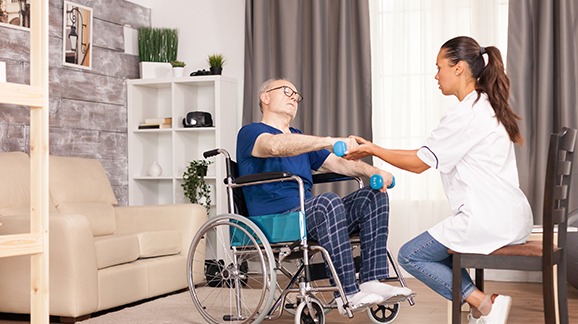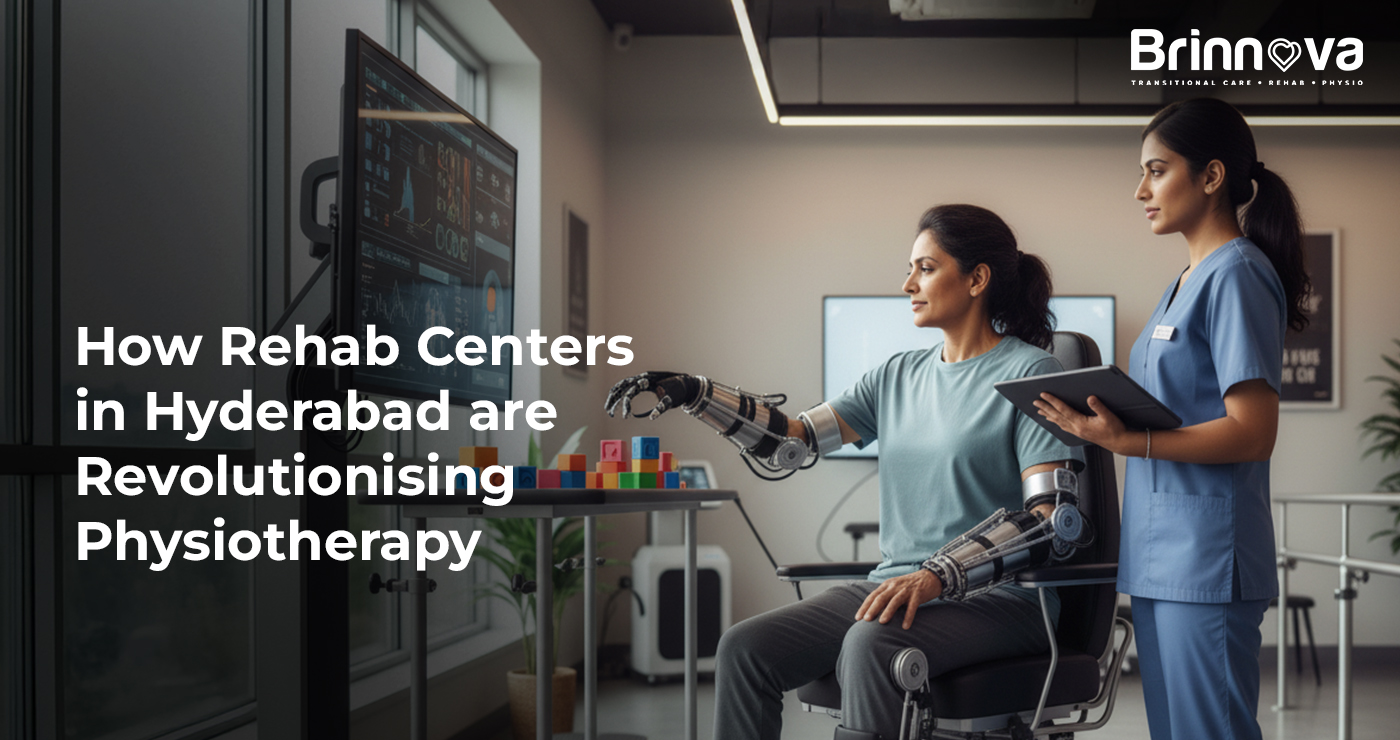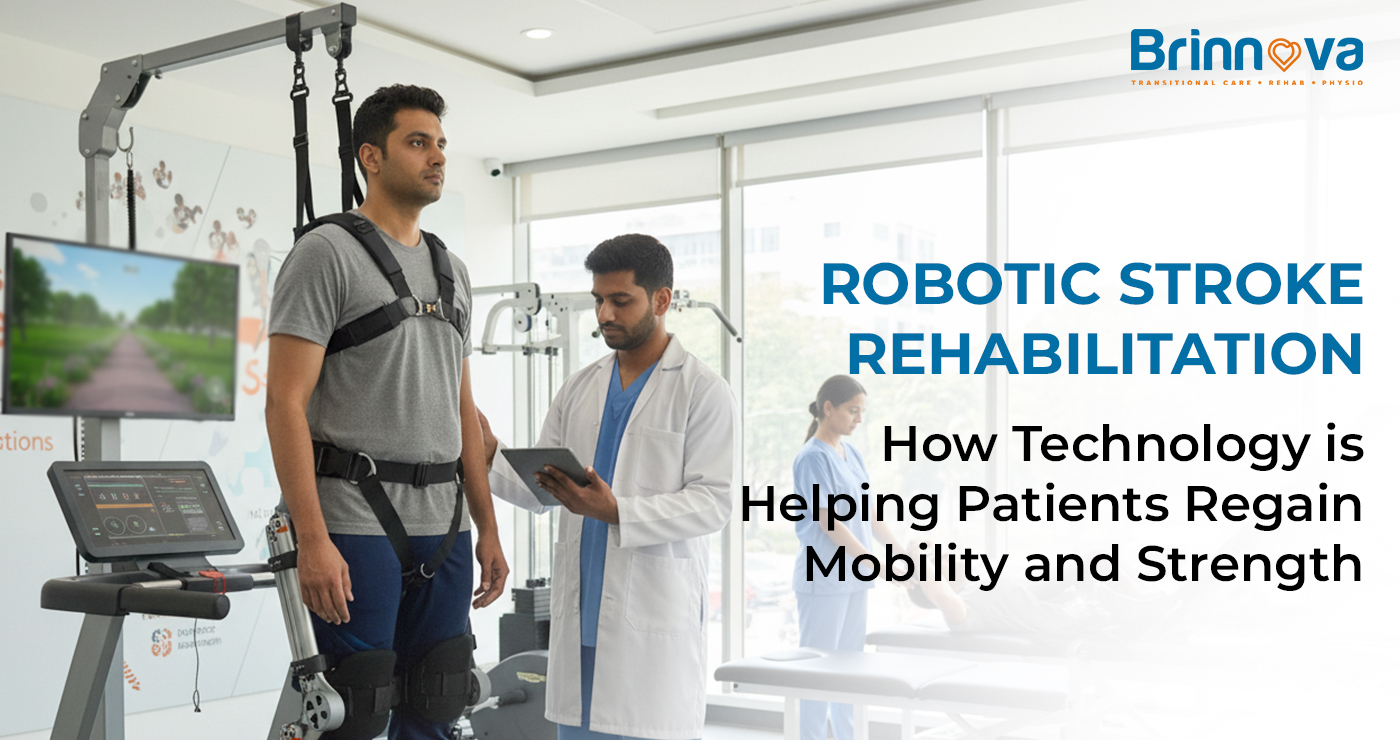The Role of Occupational Therapy in Stroke Rehabilitation
After a stroke, stroke rehabilitation brings together various healthcare specialists to help survivors regain their independence and enjoy a better quality of life. Recovery often depends very much on occupational therapy. It supports patients in getting back their capacity to do ordinary daily tasks. Both at home and in therapy sessions, stroke patients can gradually get better and become more independent. Learning about occupational therapy’s role in stroke rehabilitation is essential for people affected by stroke and for their carers.
What is Occupational Therapy?
Occupational therapy is concerned with helping people recover abilities needed for common activities of daily life. After a stroke, the treatment helps people improve their movement, brain function, sense of touch and emotional health. This therapy allows patients to recover key abilities like getting dressed, feeding themselves and managing what goes on at home. Helping people gain independence is done to improve and enrich their daily lives. Therapists in stroke rehabilitation design exercises to help patients with their body parts and also train them in the use of helpful devices. The therapist helps configure things at home to fit the patient’s abilities, instructs both the patient and their family and works to make tasks easier.
Benefits of Occupational Therapy in Stroke Rehabilitation
Occupational therapy greatly improves and shapes the recovery process for those who have had a stroke. Doing this therapy helps stroke survivors improve physically and mentally, which is why it is so important for their recovery.
- Improved Daily Functioning: One primary objective of this therapy is to help stroke survivors relearn how to bathe, dress and cook. They sound simple, but for someone who has had a stroke, these activities can be difficult. With the help of goal-focused occupational therapy, patients become stronger, improve their coordination and learn to do many things independently over time.
- Better Mobility: Making sure that patients have sufficient balance, coordination and exercise their physical abilities is central to an occupational therapist’s work. These instruments let stroke survivors increase their movements and get back in control of their surroundings, which enhances how well they live.
- Increased Safety: After a stroke, someone’s ability to notice hazards might lessen, which can cause accidents or falls. Patients work on exercises in this therapy to recognise risks and make necessary changes to their environment.
- Social Reintegration: Stroke can cause changes in mental, physical and social abilities. Using exercises in occupational therapy, patients learn essential skills that help them reconnect with their social network.
- Emotional Support: Many stroke survivors can feel frustrated or down because of their new health problems. The therapy supports people emotionally by helping them handle these difficulties and, with progress, feel proud and significant due to handling daily activities.
Types of Occupational Therapy Activities for Stroke Rehabilitation
Occupational therapy in rehabilitation for stroke patients is designed for each person’s own needs. People recover in different ways, so a range of occupational therapy activities is used.
- Motor Skill Exercises: These activities try to strengthen both hands and body movement skills that may have decreased after a stroke. Exercises that involve using both hands and eyes, such as grabbing small objects or writing, help patients get their hand and arm muscles back.
- Cognitive Exercises: Problems with memory, problem-solving and attention may appear after a stroke. Playing memory games, solving puzzles and completing problem-solving tasks in therapy can boost patients’ mental skills and help them look after themselves on their own.
- Adaptive Techniques: Patients are often taught to complete tasks differently after a stroke. Examples include using grab bars, reaches or equipment for the kitchen to support activities of daily life.
- Sensory Training: After a stroke, some patients may have sensory problems; for instance, they might notice that touch, taste or vision is different. Occupational therapists provide sensory retraining so patients can respond appropriately to sensory data and improve their coordination.
- Home Modifications: An occupational therapist may assess your home to find out what home improvements might help you move safely from day to day. Such changes can mean you put furniture in safer locations, add handrails where needed and use mats with better grip to avoid falls.
Advantages of Occupational Therapy for Stroke Patients
Because occupational therapy gives so many benefits, it plays a key role in rehabilitation after a stroke. Taking part in these therapy tasks can lead to benefits that last even after a survivor’s body has healed.
- Restoration of Independence: A major benefit of this therapy is helping people become more independent again.
- Improved Mental Health: Being able to do everyday things again can increase a stroke survivor’s self-confidence and mood. They support emotional recovery by arranging realistic targets and helping patients every step of the way.
- Tailored to the Individual: This therapy offers treatment plans focused on what each stroke survivor can and needs to do. Designing care in this way helps patients get treatment that addresses their particular needs.
- Family Support: Being supported by family is essential for a patient recovering from a stroke. Professionals in occupational therapy help carers find ways to support their loved ones so they can become independent and are still supported.
- Comprehensive Recovery: Treating physical, mental and emotional needs, this therapy gives patients a complete experience in stroke recovery.
Brinnova: Why Should Stroke Patients Choose Occupational Therapy?
At Brinnova Care, we recognise that regaining independence is very important to stroke survivors. Our occupational therapy team works with you to recover your abilities and confidence to live a great life. Our dedicated team, using a variety of personalised therapy activities, helps you get better on many fronts, including your movement, daily tasks and feelings.




